(January 20, 2023) As a child queuing at ration shops, he would often think about the possibility of enough food for everyone, without anyone having to worry about it. While many would have dropped it as a passing thought, this scientist pursued a career in agricultural science, ensuring food security for the world. A distinguished scientist and Head of Global Wheat Improvement at the International Maize and Wheat Improvement Center (CIMMYT) in Mexico, Dr. Ravi Prakash Singh dedicated almost four decades towards increasing food production across the globe.

Dr Ravi Prakash Singh, Head of Global Wheat Improvement at CIMMYT
Recognising his contribution to the development, release, and cultivation of over 550 wheat varieties over the past three decades, the scientist received the highest honour conferred by the Government of India to NRIs – the Pravasi Bharatiya Samman Award in 2021. “The award recognises and values many years of wheat breeding at CIMMYT, where I had the opportunity, privilege, and satisfaction to have contributed and made impacts through our invaluable partners in India and many other countries,” shared the scientist as he connected with Global Indian from Mexico, adding, “By continuously providing superior varieties, we increased wheat production and incomes of millions of smallholder farming families.”
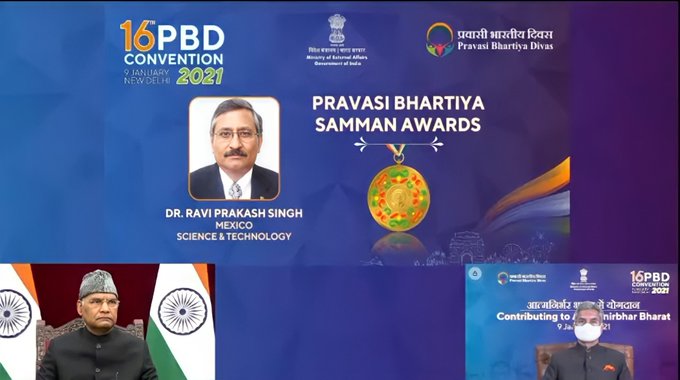
A fellow of the American Association for the Advancement of Science (AAAS), the American Phytopathological Society (APS), the Crop Science Society of America (CSSA), the American Society of Agronomy (ASA), and India’s National Academy of Agricultural Science (NAAS), Dr. Singh has been included among the top one percent of highly-cited researchers, according to Clarivate Analytics-Web of Science every year since 2017. The wheat varieties, developed by him, are sown annually on over 40 million hectares by as many farmers, adding over $1 billion annually to farmers’ incomes through increased productivity and built-in disease resistance, thus reducing chemical dependence to a negligible level. The scientist also serves as Adjunct Professor at Cornell University and Kansas State University.
From the ghats of Ganga
Born into an agrarian family in Uttar Pradesh, Dr. Singh did his schooling from Kendriya Vidyalaya, BHU Varanasi. “My father, who was from a rural background, was very ambitious for me,” shares the scientist, adding, “He was a soil scientist at Banaras Hindu University (BHU), and had gone to the United Kingdom to pursue a Ph.D. So he knew the value of good education. That motivated me to work a little harder in school. Even my teachers were quite encouraging, which gave me the courage to pick up science for my B.Sc, which I pursued from BHU.”
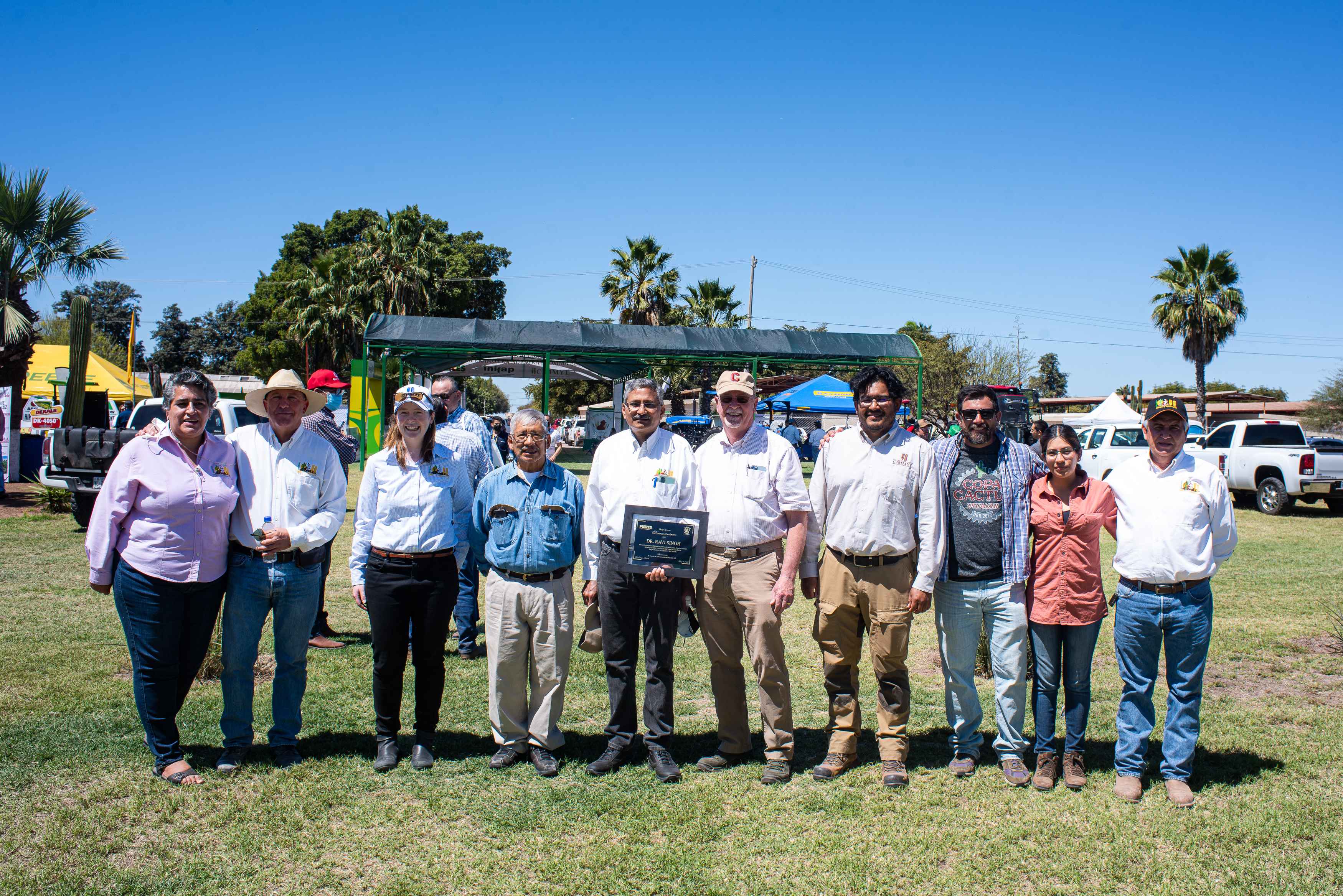
Dr Singh with his colleagues in Mexico
The scientist, who is today regarded as one of the leading scholars in the field of wheat agriculture, shares that it was the situation of food and farmers in the country that motivated him to pursue a career in agriculture. “Even though my father worked in BHU, food was still in short supply. I remember as kids, my siblings and I would line up in front of ration shops for wheat, sugar, rice, and several other food items. It was around the same time that the green revolution happened. Many of my family members were into farming, and despite the green revolution, they faced several problems. All this inadvertently turned me towards picking up agriculture sciences as a career path.”
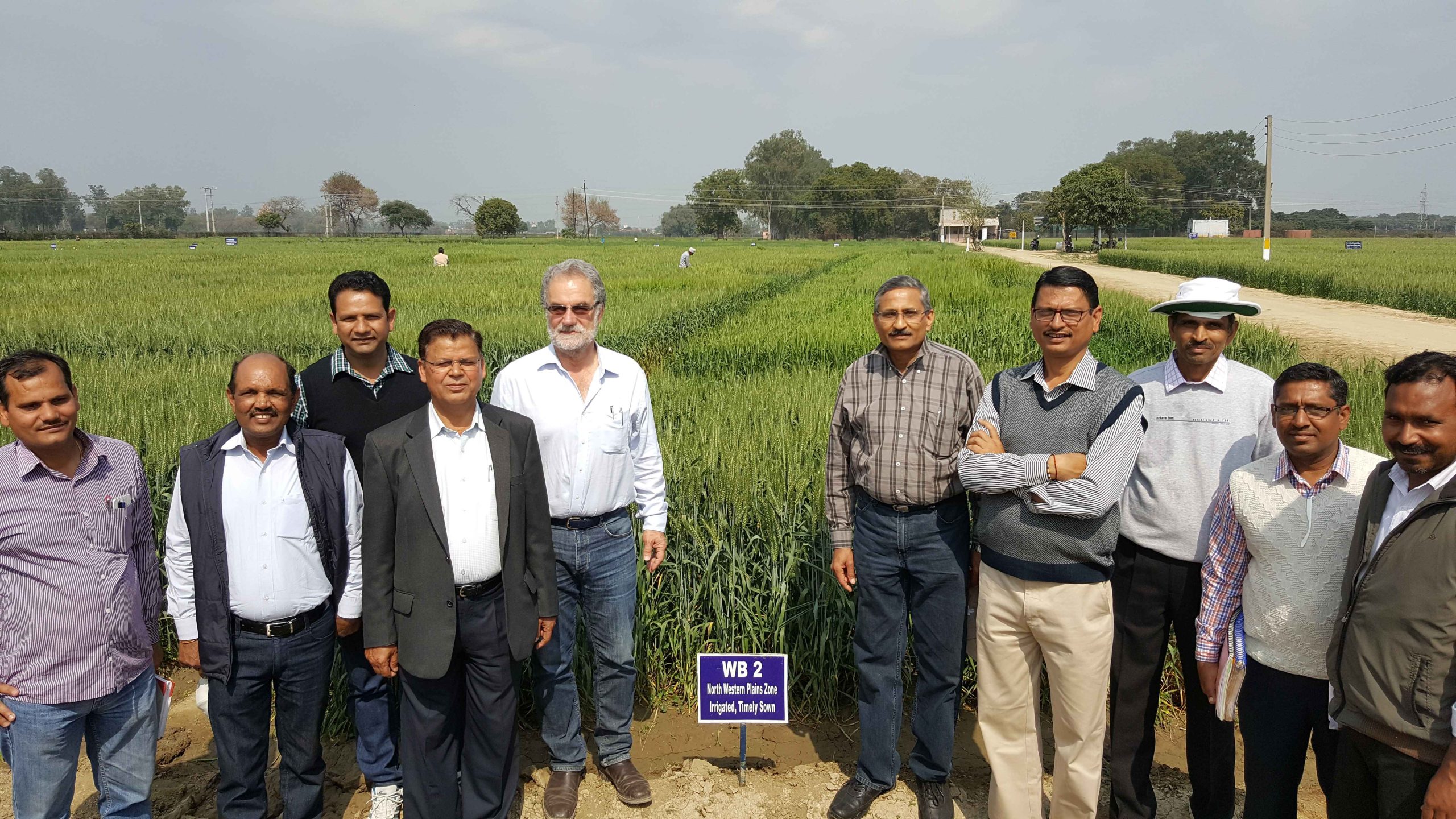
Dr Singh with his colleagues at IIWBR, India
After graduating, he pursued a master’s from BHU, before moving to the University of Sydney, Australia in 1980 to earn his Ph.D. “I was very lucky that I got a chance to come to the University of Sydney. However, I have to admit that my initial days were spent understanding and learning the Australian accent. It was challenging as it wasn’t the typical English accent we are used to. Also, I was surprised by the welcoming treatment. When I first landed in Sydney, my professor had come to the airport to pick me up. On our way to the University, I addressed him as ‘sir’. However, he asked me to call him by his nickname, Bob. In India, such a thing would have never happened,” the scientist laughs, adding, “The exposure I got as a young student is what has got me this far.”
While he loved every bit of his new life in Australia, food was an issue. Being a vegetarian, he had a hard time finding places to eat during those days. “So, I started experimenting and by the end of my Ph.D. programme, I could cook some modified versions of Indian delicacies,” laughs Dr. Singh, adding there were a handful of Indian families in the vicinity who would often host him.
In the land of Mayans
Soon after earning a Ph.D., which was focussed on finding genetic resistance for various rust diseases in the wheat crop, Dr. Singh moved to Mexico to join the International Maize and Wheat Improvement Center (CIMMYT) in 1983 for his post-doctoral. “The topic of my Ph.D. research was quite new at the time, and to do thorough research, I had to learn not just about wheat and its diseases, but also about genetics and plant pathology. That gave me an academic advantage in the field. At the time, the CIMMYT centre in Mexico was looking for someone who could help them solve the rust problem. So, it was quite a smooth transition for me academically,” says the scientist.
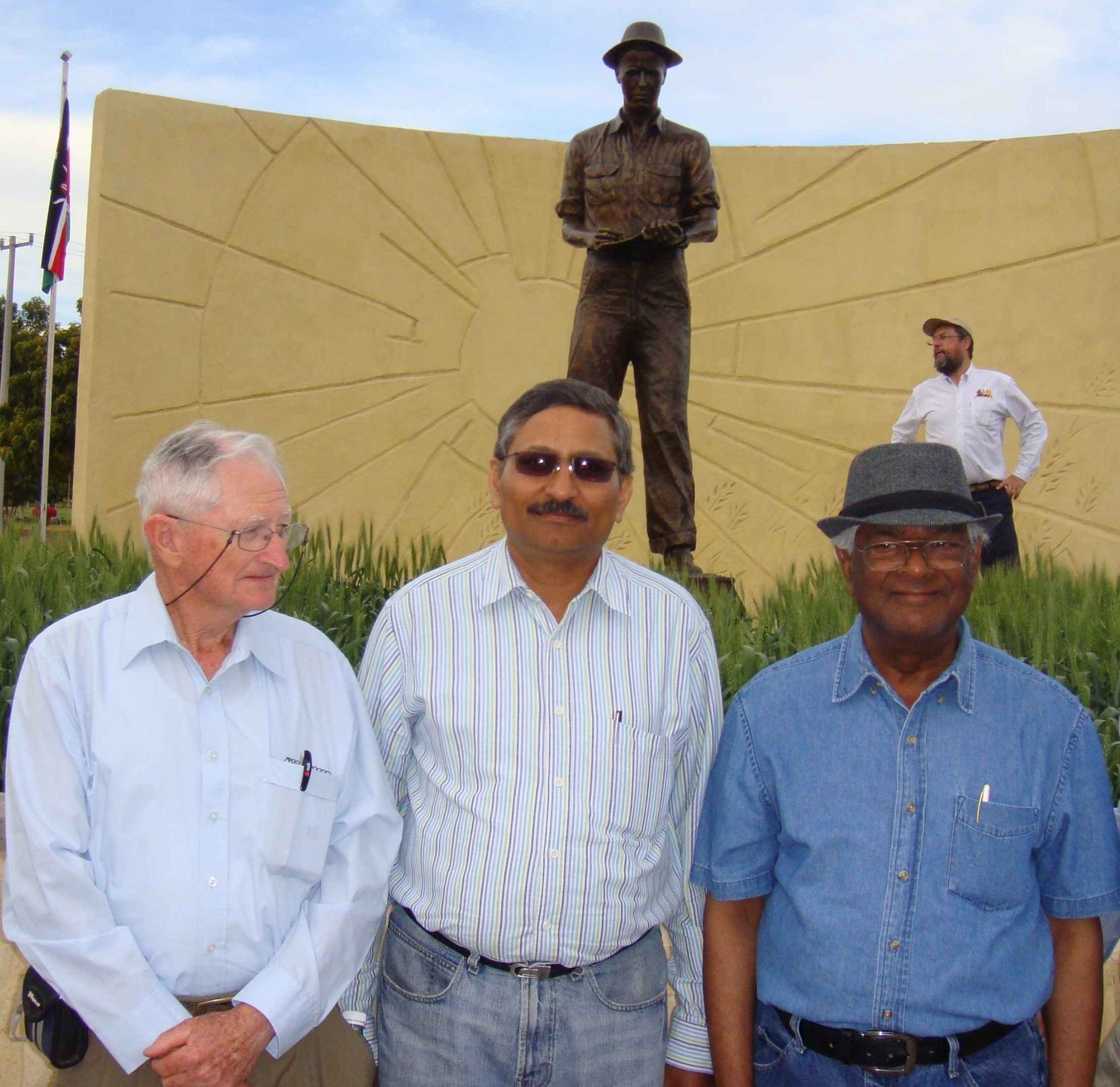
Dr. Singh (centre) with Professor Bob McIntosh (right) and Dr. Sanjaya Rajaram (left)
In Mexico, Dr. Singh was able to expand his research and its applications to generate new wheat cultivars. Working in an international centre also allowed the scientist to meet and interact with scholars from across the globe. “When I came here, there were already a few Indians working in the centre. I also worked with Padma Bhushan Dr. Sanjaya Rajaram, who was also the winner of the 2014 World Food Prize. There were people from various backgrounds and cultures, and that really helped me learn more about wheat farming across the globe.”
Speaking about his early experiences in the country, he adds, “People of Mexico are very friendly and welcoming. In those days, the crime was quite less, so we could go where ever we wanted to, without thinking twice. However, language was a barrier. As agricultural scientists, we are not only required to work in the labs, but also venture out into the field and apply those theories. Most Mexicans at the time spoke only Spanish, and I knew not a single word of it. However, eventually, I learned the language, and now have a good understanding of it.”
Over the last 37 years, Dr. Singh has played a crucial role in researching and developing solutions to increase food production and nutritional security in Mexico, India, and other countries in Africa, Asia, and Latin America. During the last decade, his team developed about half of the wheat varieties released in India through the Indian Council of Agricultural Research (ICAR) network. These include the country’s first high-yielding biofortified varieties, WB-2 and PBW1-Zn, released in 2017 to benefit India’s zinc-deficient population.
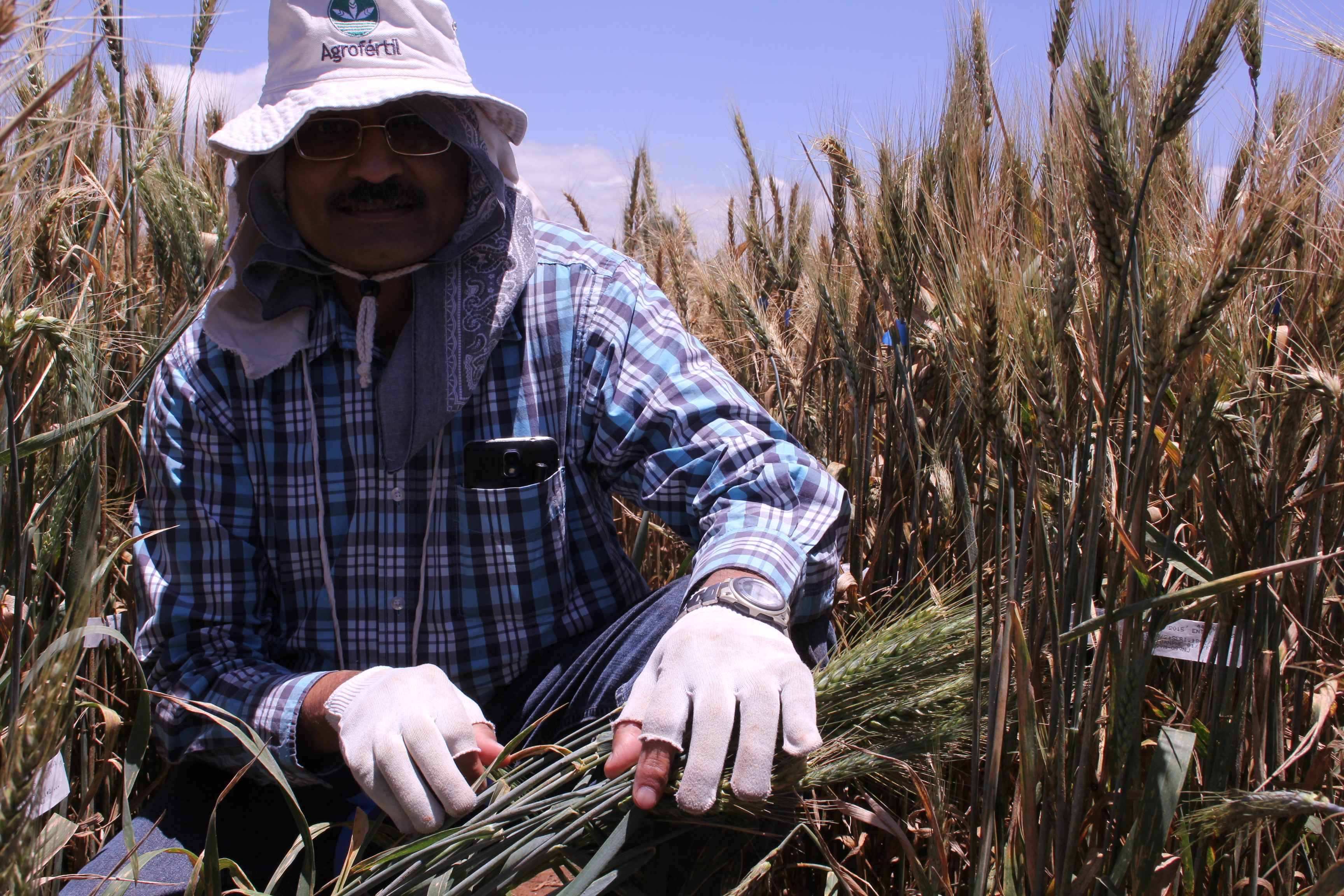
“I retired quite recently, however, I have a lot to do. I wish to mentor young scientists about how to increase food production. I also look forward to working on several high-profile projects with farmers to tackle future issues they might face due to the climate changes on a crop like wheat,” shares the scientist, who is the recipient of several awards including the Outstanding CGIAR Scientist Award, the CSSA Crop Science Research Award, the University of Minnesota E.C. Stakman Award, and the China State Council’s Friendship Award.
Also Read: Lighting the way: Scholar Prof. Muralidhar Miryala’s journey to scientific brilliance
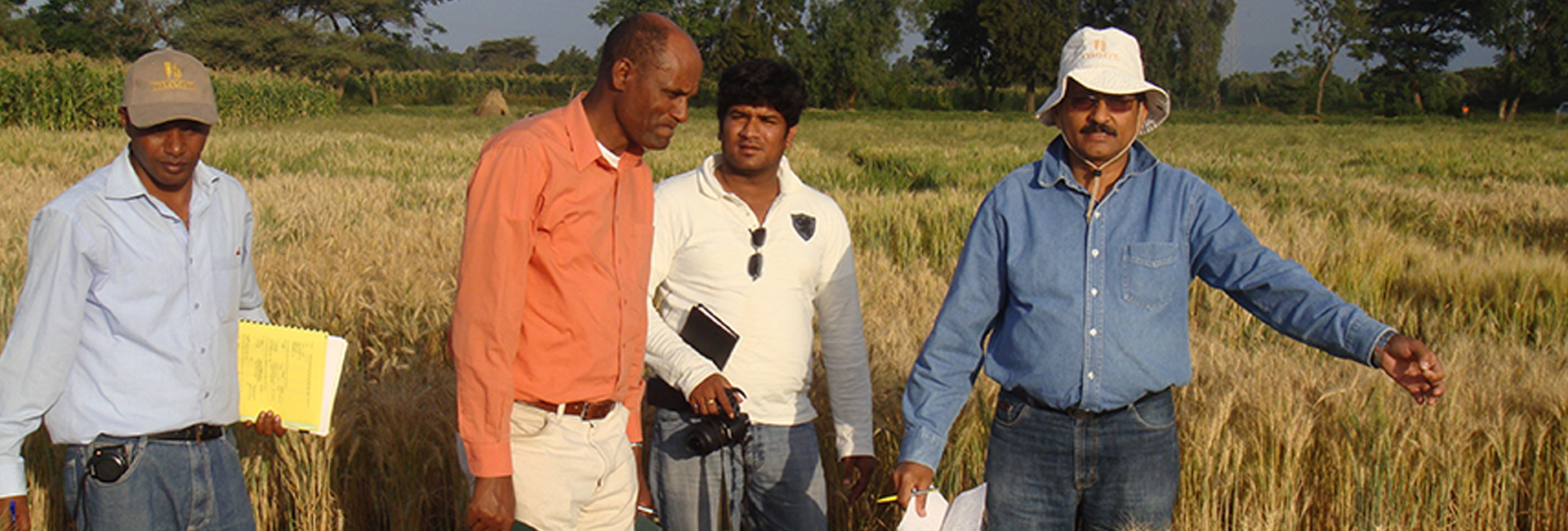
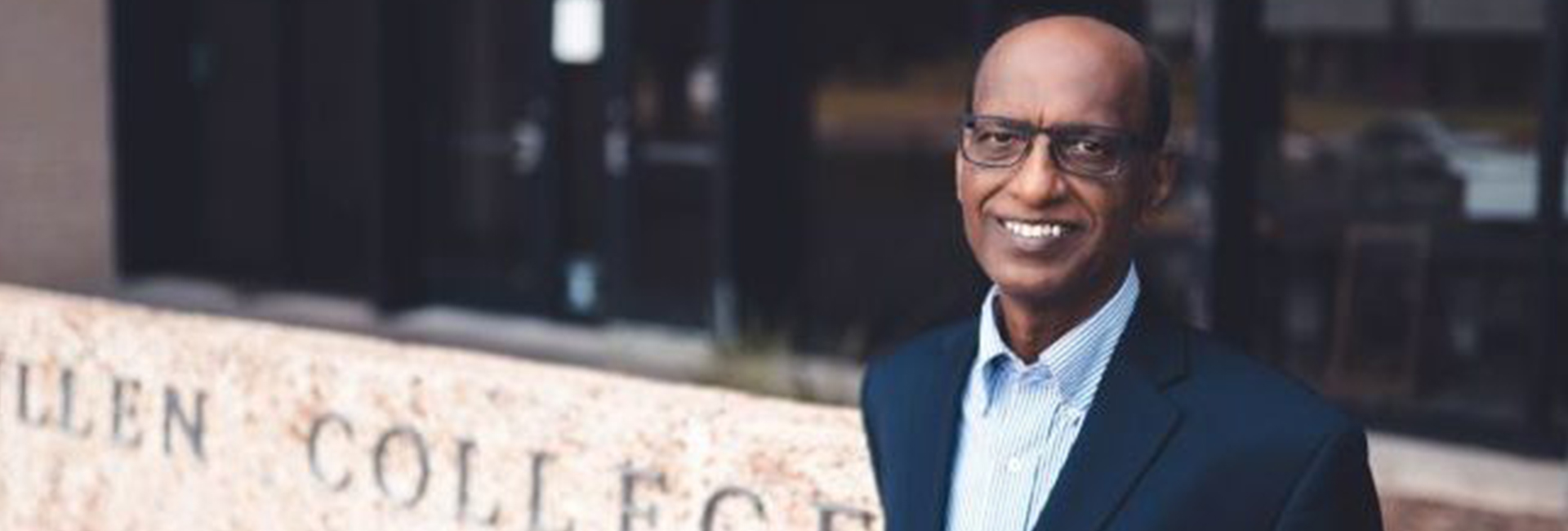


Congratulations
Great Service. Inspiring Indeed